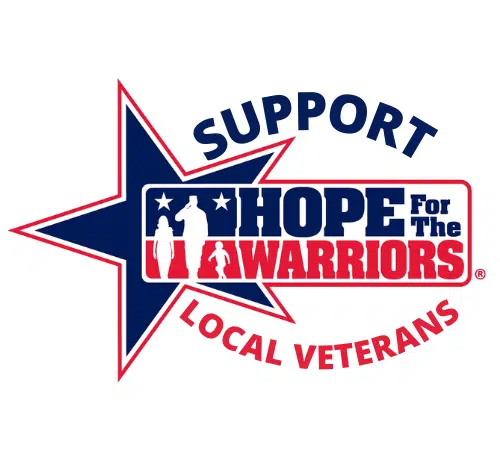(The Center Square) – Gov. J.B. Pritzker recently signed multiple bills into law intended to help members of the LGBTQ+ communities in Illinois, including one regarding the transmission of HIV.
One of the bills that the governor signed was HB 1063, a measure that repeals the statute creating the offense of criminal transmission of HIV, according to a summary.
State Rep. Carol Ammons said the old law was not effective. She said that since 1986, 80 people across the country have been charged with criminal transmission of HIV.
Pritzker said his signing of this bill will help ensure the safety of all Illinoisans.
“Today marks another step in Illinois’ journey towards a more just and safe future for all Illinoisans,” Pritzker said.
The governor said the 1986 law that did not help reduce the spread of HIV.
“Research has shown that this archaic law did not decrease transmission in the state of Illinois,” Pritzker said. “All this law has done has created a stigma around the disease.”
Lt. Gov. Juliana Stratton spoke about what this law means for the state of Illinois.
“These pieces of critical legislation are a commitment to justice,” she said. “We will continue this important work of ensuring Illinois is an inclusive state that is safe for members of our LGBTQ community to be their authentic selves and live free from discrimination.”
Stratton also said law rights a wrong from 1986.
“In the spirit of righting wrongs, this legislation makes it clear of our values and the ongoing work of transforming our state into an inclusive and equitable state for all.”
Illinois now joins several other states that have changed their laws regarding the transmission of HIV.
Since 2014, at least five states have modernized their HIV criminal laws. Some of the changes include removing HIV prevention issues from the criminal code and including them under disease control regulations, requiring the intent to transmit, actual HIV transmission, or providing defenses for taking measures to prevent transmission such as viral suppression or being noninfectious, condom use, and partner pre-exposure prophylaxis use, according to the Centers for Disease Control and Prevention website.







